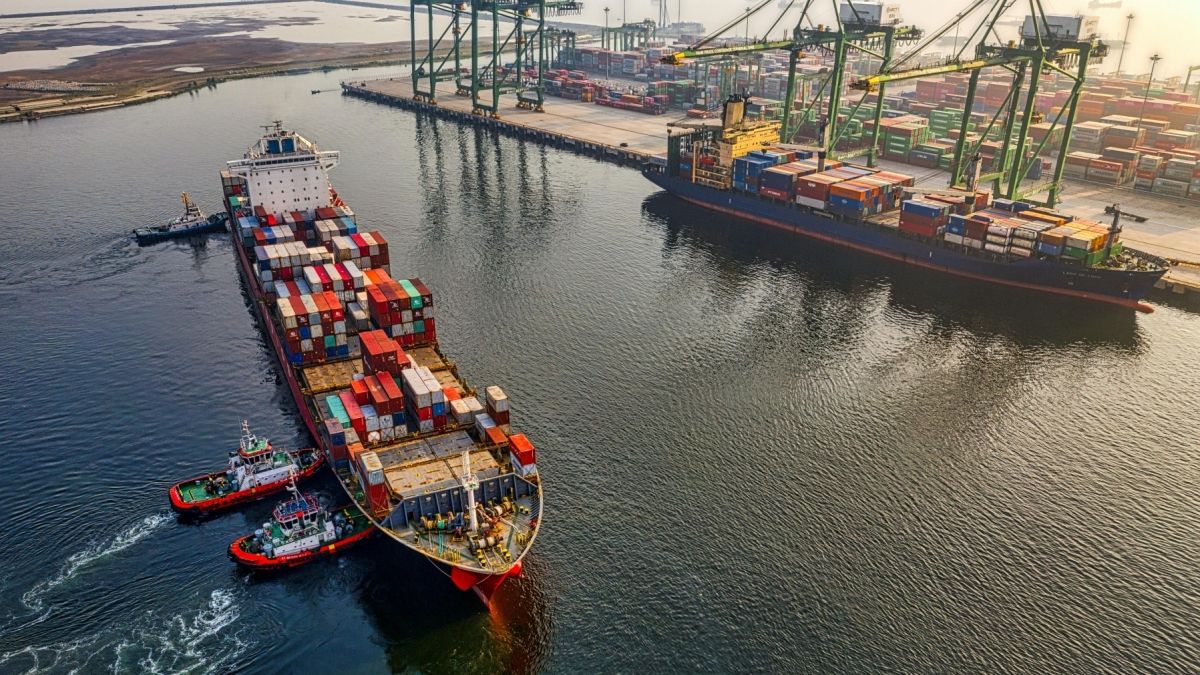 Image Credits : Singapore Business Review
Image Credits : Singapore Business Review
The Maritime and Port Authority of Singapore (MPA) has approved the night movement of line-towed container barges at Pasir Panjang Terminal. The decision aims to optimize cargo handling and improve turnaround times and comes as part of broader efforts to strengthen Singapore’s position as a leading global transhipment hub.
The MPA’s decision to permit night operations will allow for more flexible scheduling of barge movements, reducing congestion during peak hours and enhancing overall port productivity. This new operational window is expected to significantly benefit shipping lines, terminal operators, and logistics companies by allowing round-the-clock movement of containers, thereby maximizing resource utilization and cutting down on delays.
Regional transhipment cargo is handled in significant quantities at Pasir Panjang Terminal. With the new approval, line-towed container barges—vessels typically used to transport containers between terminals and to nearby ports—will be able to operate more seamlessly. This development is particularly important as global trade continues to rebound and shipping volumes rise, placing greater demands on port infrastructure.
The MPA’s initiative aligns with its ongoing strategy to maintain Singapore’s competitive edge in the maritime industry. By allowing night operations, the port authority aims to improve the efficiency of cargo transfers between smaller vessels and larger container ships, ensuring that Singapore remains a critical transhipment hub in the global supply chain.
The decision to allow night operations for line-towed container barges at Pasir Panjang Terminal also reflects Singapore’s proactive approach to managing the increasing complexities of global trade. By spreading out barge movements over a longer operational window, the port will be better equipped to handle surges in container traffic without compromising on efficiency or service quality.
The approval of night movement is expected to reduce waiting times for vessels, which could lead to cost savings for shipping lines and improved turnaround times for shippers. This operational flexibility will likely attract more shipping companies to utilize Singapore’s port facilities, reinforcing its status as a preferred transhipment destination. As one of the busiest ports globally, any enhancement in operational capacity, such as this night movement approval, serves to bolster Singapore’s long-term growth in the highly competitive maritime sector.
